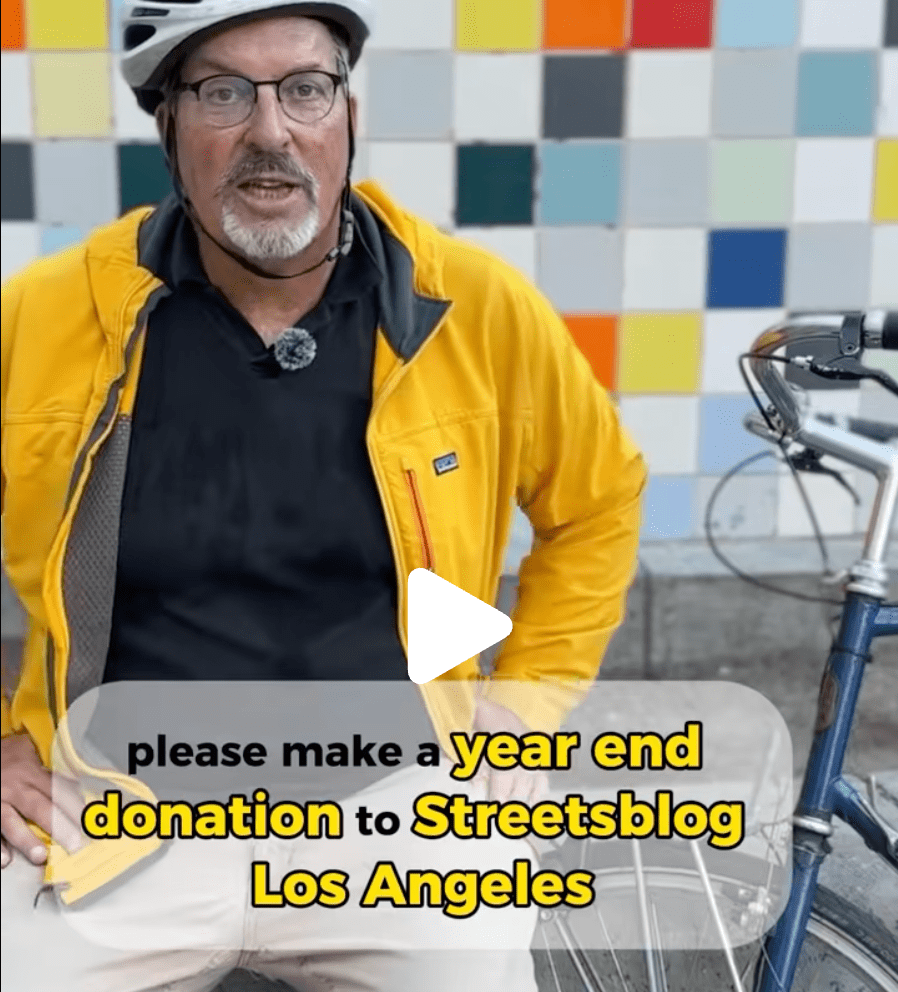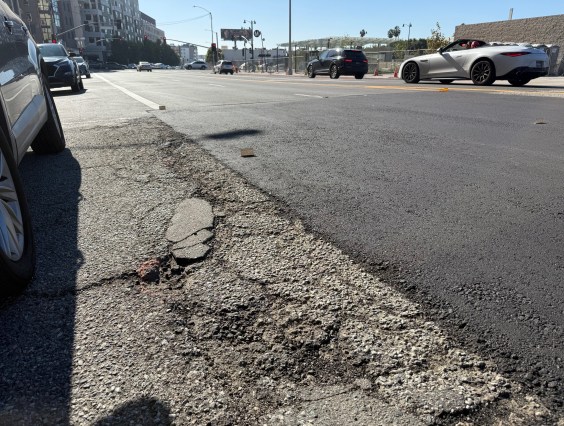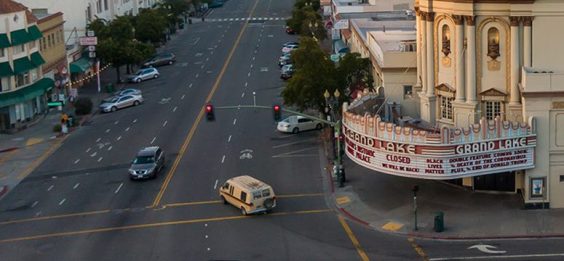
As San Francisco's economy booms, a lot more people are commuting, and very few are doing it in a car.
Between 2006 and 2014, the city saw a net growth of about 86,400 commuters, and 95 percent of them don't drive, according to data from the US Census American Community Survey. The ACS numbers provide the best available year-to-year data on commuting habits, though because of sampling error they are not absolutely precise.
The numbers show a clear trend: Transit, walking, and bicycle commuting are each growing markedly faster than solo car commuting.
Among SF residents, the number of transit commuters and solo drivers is now about equal -- a significant gain for transit commuting since last year's survey.

Among all workers in the city, 40 percent now primarily take transit to work, surpassing solo driving (33 percent drive alone, and another 9 percent carpool).
The new stats align with other recent findings about car use in SF. Last year, the ACS showed that between 2000 and 2012, 88 percent of the city's net increase of 11,139 households were car-free. Studies done by SF's local transportation agencies have shown that downtown car traffic is dropping despite the economic boom, and the majority of trips in SF have been made without a private automobile for at least three years.
As we reported last month, the new ACS stats show that the share of commuting by car has recently declined in the Bay Area more than any other metropolitan area.
Among peer cities in America, SF is one of the leaders in shifting commute travel from driving to other modes. In the chart below posted by Jamie Parks on Twitter, only Chicago, where the number of car commuters dropped, has seen driving account for a smaller share of the growth in commute travel.

The Bay Area's efforts to reduce driving and encourage walking, biking, and transit use are working. To continue to grow, the city needs to keep making progress.
"In the midst of a population boom and a changing climate, San Francisco more than ever needs to dramatically decrease the amount of single-occupant vehicles on the road," said Ilyse Magy of the SF Transit Riders Union. "For this mode shift to happen, we need a Muni that can not only handle the extra capacity but also get people to where they are going more efficiently. Otherwise commuters will choose the faster and more convenient option, which unfortunately is often driving."





